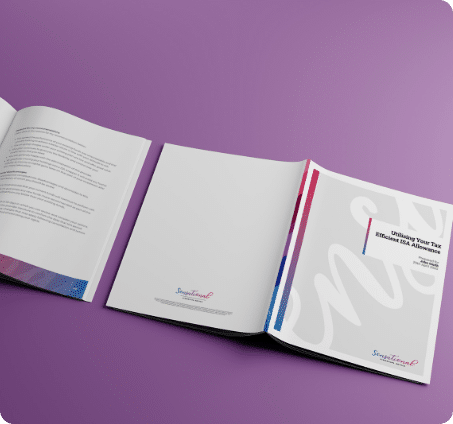The majority of reports that we view contain ‘advantages’ rather than ‘benefits’.
Advantages are often generic statements that are found in the product provider brochure. By only including ‘Advantages’ it normally demonstrates a weakness in ‘Know your Customer’ gathering and or a ‘lazy’ sales process. ‘Advantages’ are often a guess and have a ‘so what’ element to them. ‘Benefits’ however link the aspects of your recommendation and or features to the clients circumstances and views. For example:
Advantage
With this investment, switches between funds do not incur a personal liability for capital gains tax. This could be useful if you are already making use of your annual capital gains tax allowance elsewhere.
Benefit
When you make switches between funds within this investment, you will not be personally liable for capital gains tax. This is a useful benefit as you are already making use of your annual capital gains tax allowance elsewhere.
In order to explain why your advice is suitable you need to make a direct link between a feature and the clients circumstances, this means making ‘Benefit Statements’.







Suitability reports – silver bullet, or not?
Paul Jay Compliance, Suitability DB Pension, FCA, MiFID, Pension, Pension Transfer, PI, transfer, Xplan
If you ask most advice firms which part of the advice process consumes the most time, most will reply: “Suitability Reports”. Based on the mammoth documents that some firms still produce, we can understand why. We do have some sympathy with firms though. On the one hand they’re told by the FCA that reports are […]